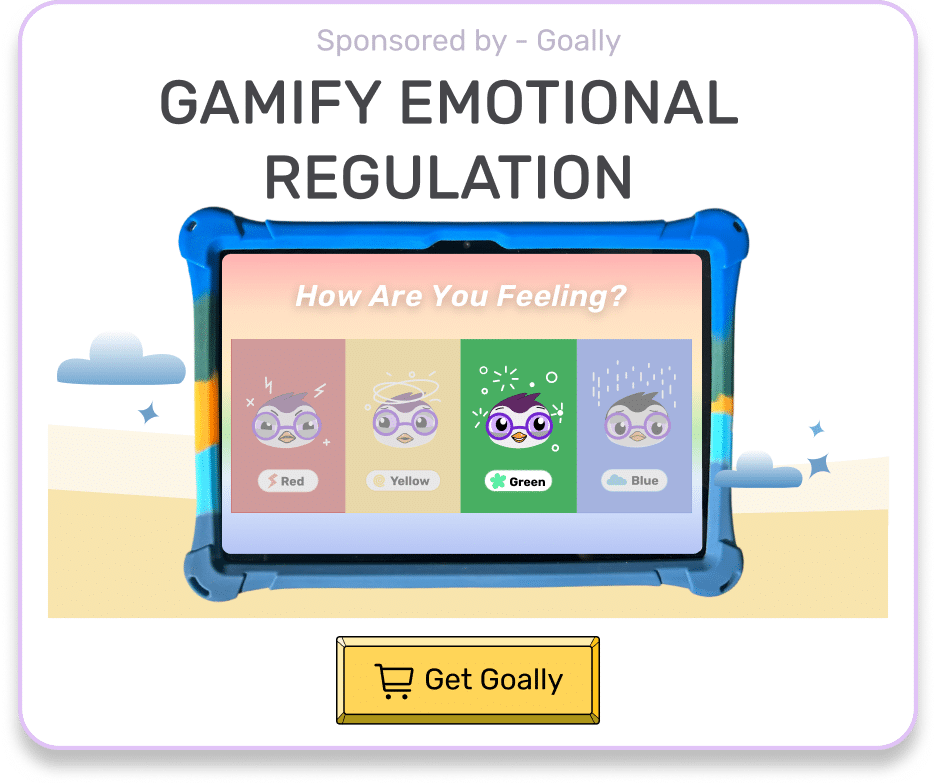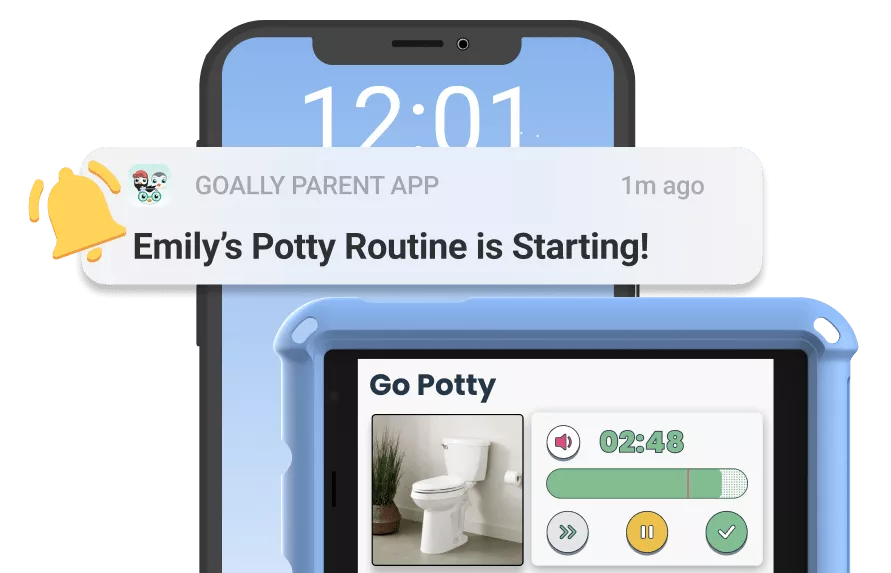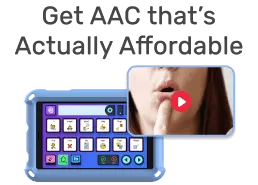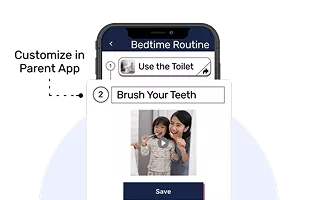Parenting neurodivergent kids can sometimes feel like navigating a maze. You want to help your kid succeed, but finding the right tools and strategies can be challenging. That’s where a behavior support plan comes in. This personalized approach can be a game-changer for families, offering a roadmap to address your child’s unique needs and promote positive behavior.
Table of Contents
Understanding the Behavior Support Plan
A behavior support plan is a tailored strategy that focuses on your child’s specific behavioral challenges. It serves as a guide for parents, teachers, and caregivers, ensuring consistency and effectiveness in managing your child’s behavior.
The plan typically involves several key components:
- Identifying the target behaviors
- Understanding the reasons behind the behaviors
- Developing strategies to prevent or reduce the behaviors
- Teaching alternative, more appropriate behaviors
- Monitoring progress and adjusting the plan as needed
By addressing your child’s unique needs and providing consistent support, a behavior support plan can help them reach their full potential and enjoy a more fulfilling life.
Best Behavior Tracking App:
Give your kid an independent future for less than $1/day. Goally has 15+ learning apps that teach life skills.
Creating a Successful Behavior Support Plan
Developing a behavior support plan is a team effort involving you, your child, and any professionals involved in their care. Here are some essential steps to create an effective plan:
1. Assess the Situation
Start by observing your child’s behavior and pinpointing the specific challenges they face. Look for patterns and triggers, such as certain situations, environments, or times of day, that may contribute to the behavior. This information will help you understand the underlying reasons for the behavior and inform the strategies you develop.

Read more: Autism Behavior Chart
For example, you might notice that your child becomes more agitated during transitions between activities. In this case, you could work on strategies to help them cope with change more effectively.
2. Set Clear Goals
Establish specific, measurable, and achievable goals for your child’s behavior. These goals should focus on promoting positive behavior and reducing the frequency or intensity of challenging behaviors. For example, a goal might be to reduce tantrums from five times a day to two times a day within a month.
| Behavior | Current Frequency | Goal Frequency |
|---|---|---|
| Tantrums | 5 times a day | 2 times a day |
| Interrupting | 10 times a day | 5 times a day |
| Refusing to cooperate | 3 times a day | 1 time a day |
3. Develop Strategies
With a clear understanding of your child’s behavior and goals in mind, develop strategies to address the target behaviors.
These strategies may include:
- Preventative measures, such as modifying the environment or adjusting routines
- Teaching alternative behaviors, like using words to express frustration instead of hitting
- Reinforcing positive behavior with praise, rewards, or other incentives
- Implementing consequences for challenging behavior, such as time-outs or loss of privileges
Using tools like Goally can help you implement these strategies more effectively. Goally’s learning tablet for kids and apps provide structure and support, making it easier for your child to follow their behavior support plan.
4. Monitor Progress and Adjust as Needed
Regularly review your child’s progress and adjust the behavior support plan as needed. This may involve tweaking strategies, setting new goals, or addressing new challenges that arise. Remember, the plan should be flexible and adapt to your child’s changing needs.

Read more: Color Behavior Charts | Free Printable
Goally can also assist in monitoring progress, providing valuable insights into your child’s behavior patterns and helping you make data-driven decisions to improve their behavior support plan.
Benefits of a Behavior Support Plan for Neurodivergent Kids
Implementing a behavior support plan can have numerous benefits for kids with thinking and learning differences, including:
- Enhanced relationships with family members and peers
- Improved communication and social skills
- Increased self-esteem and confidence
- Reduced stress and anxiety for both the child and caregivers
- Greater success in school and other activities
By addressing your child’s unique needs and providing consistent support, a behavior support plan can help them reach their full potential and enjoy a more fulfilling life.
Tired of Emotional Meltdowns?
Goally’s Mood Tuner app has activities for kids with BIG emotions. Teach kids how to tune their mood with Goally. See fewer meltdowns.
The Mood Tuner app encourages kids to look inwards and identify their feelings, helping them understand what’s going on inside. Once they’ve recognized their emotions, they can choose from a 20+ activities designed to help them self-regulate and find their balance.

Final Thoughts on Behavior Support Plans
Parenting a neurodivergent child can be a challenging yet rewarding journey. A behavior support plan is a valuable tool that can help you navigate the ups and downs, providing a clear path to a happier, more harmonious family life. By understanding your child’s behavior, setting achievable goals, and implementing effective strategies, you can empower your child to overcome obstacles and thrive in their own unique way. With the help of tools like Goally, you’ll be well-equipped to support your child’s growth and success.
This post was originally published on 05/05/2023. It was updated on 10/5/2023.
FAQ’s About Behavior Support Plan
What is a behavior support plan? A behavior support plan is a strategy-based document that addresses problematic behaviors by outlining positive interventions and strategies. How can a behavior support plan help my child? A behavior support plan can help your child by providing a structured approach to manage and replace challenging behaviors with positive ones. What tools can I use to implement a behavior support plan? Tools like visual schedules, emotional regulation apps, and rewards can be effective in implementing a behavior support plan. How do I create a behavior support plan? Creating a behavior support plan involves identifying problematic behaviors, setting goals, and outlining strategies to encourage positive behavior. Where can I find resources to help with a behavior support plan? Our blog offers a wealth of resources, including articles, guides, and tool recommendations to help you create and implement an effective behavior support plan.
This post was originally published on 08/03/2023. It was updated on 10/05/2023.

Goally
We help parents teach their kids life skills, like doing bedtime and morning independently. Backed by science, we incorporate evidence-based practices and expert-informed designs in all of our apps and content.





